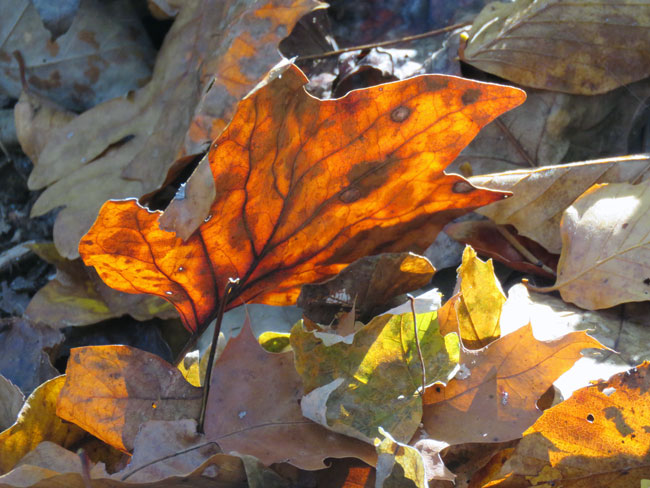
On our way home from Georgia we stopped to stretch our legs at a state park in South Carolina. The nature trail we walked on followed a cypress swamp alongside the Edisto River. This river is the longest free-flowing blackwater river in North America and on this day it was flooding over into the swamp.


A blackwater river is a type of river with a slow-moving channel flowing through forested swamps or wetlands. Most major blackwater rivers are in the Amazon Basin and the Southern United States.
~ Wikipedia





When we talk of flood control, we usually think of dams and deeper river channels, to impound the waters or hurry their run-off. Yet neither is the ultimate solution, simply because floods are caused by the flow of water downhill. If the hills are wooded, that flow is checked. If there is a swamp at the foot of the hills, the swamp sponges up most of the excess water, restores some of it to the underground water supply and feeds the remainder slowly into the streams. Strip the hills, drain the boglands, and you create flood conditions inevitably. Yet that is what we have been doing for years.
~ Hal Borland
(Sundial of the Seasons)


This magical rest stop helped so much to break up the long journey home. The walk was a only a third of a mile, a perfect finale to a wonderful getaway. And it was so good to get home to North Carolina a few hours later.



































































































